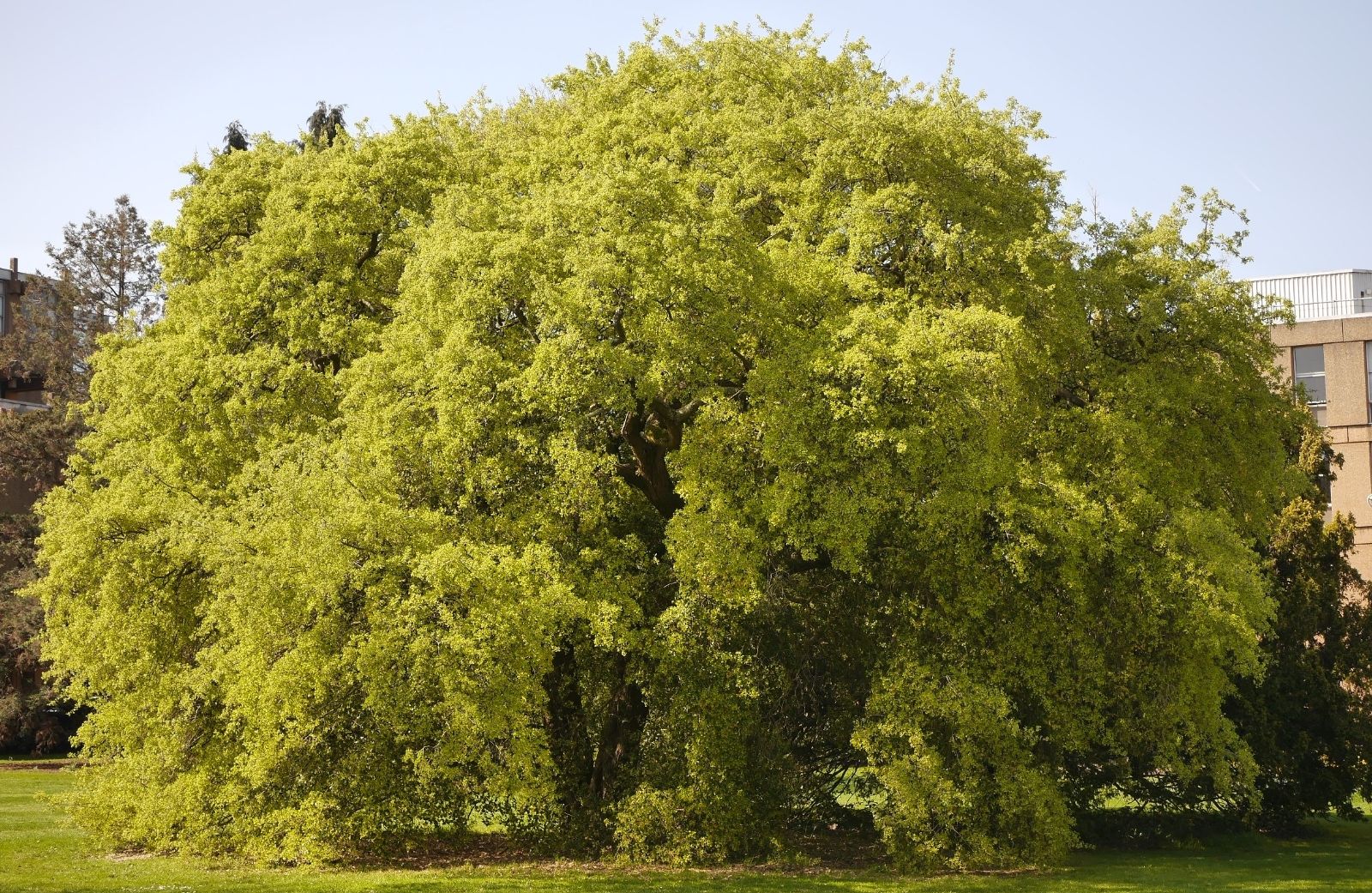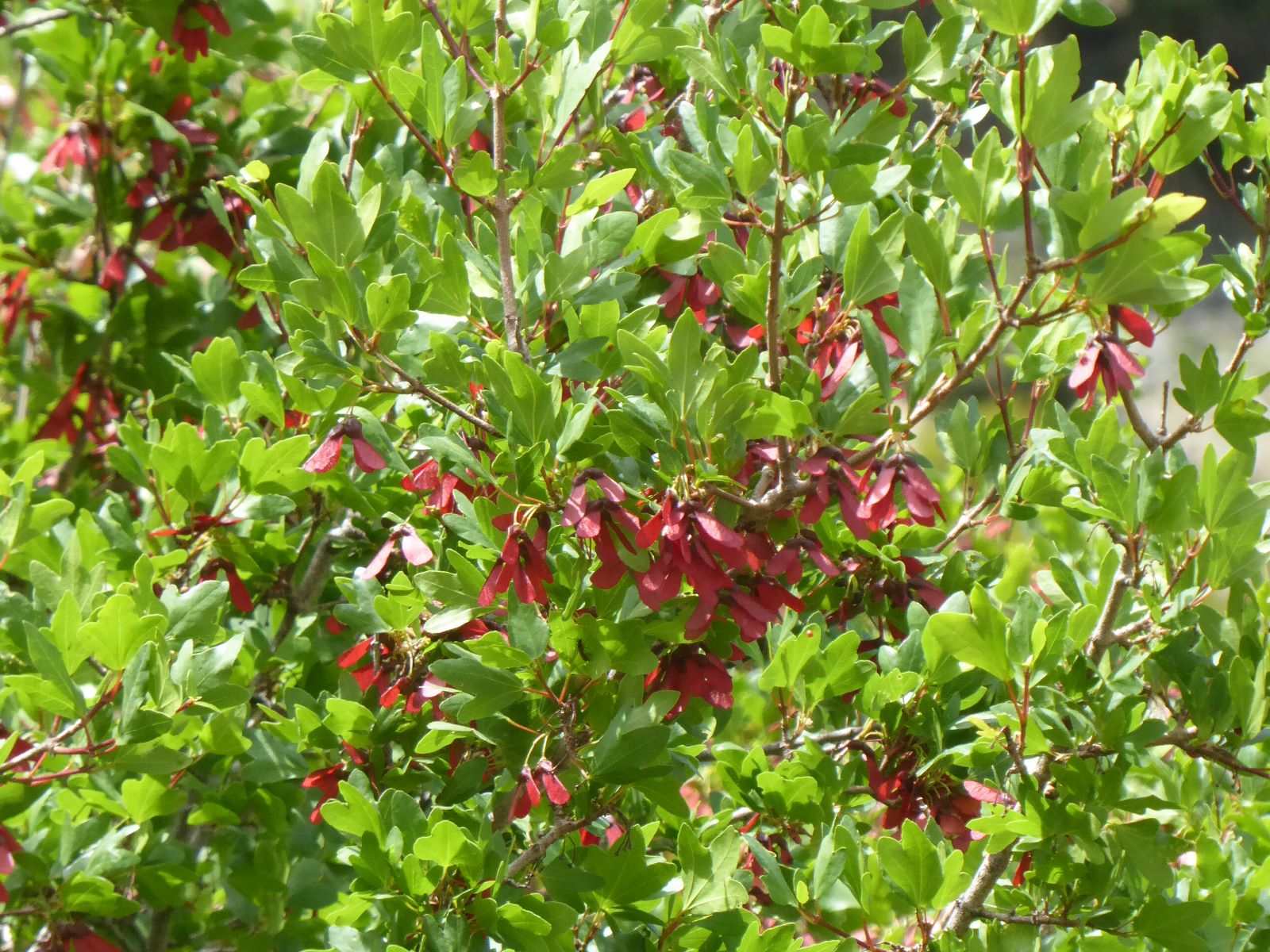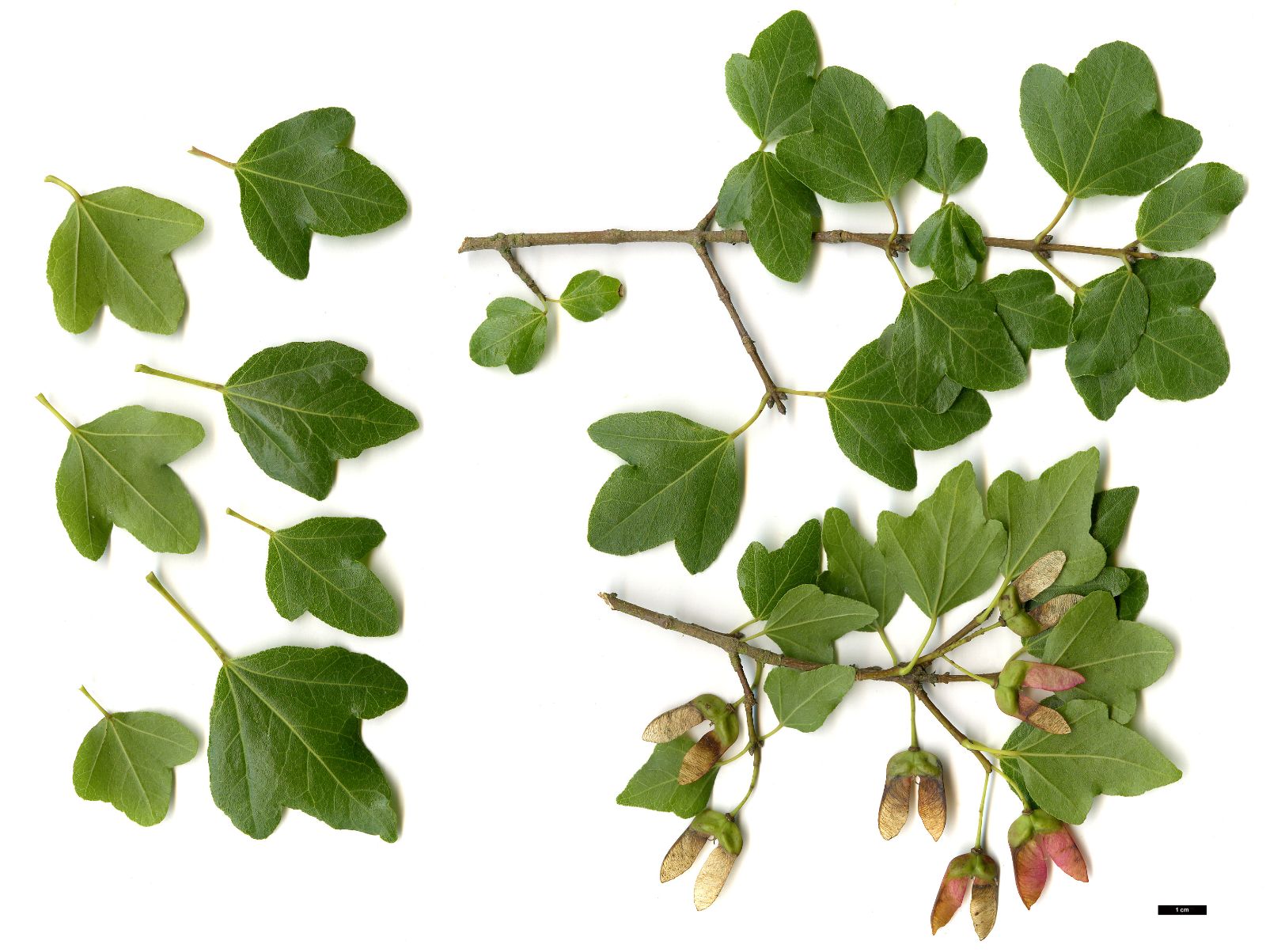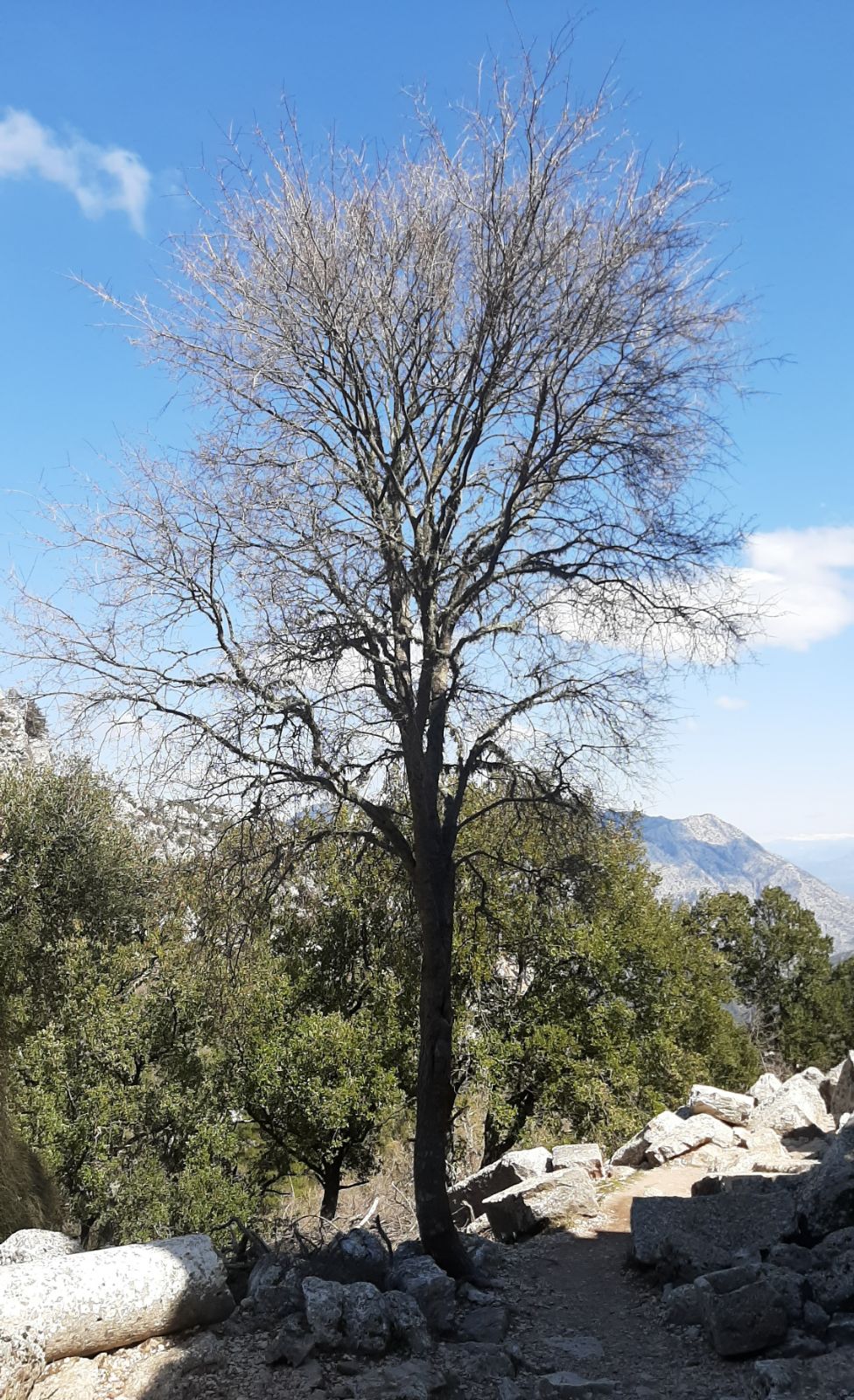Acer sempervirens
Sponsor
Kindly sponsored by
The Wynkcoombe Arboretum
Credits
Dan Crowley (2020)
Recommended citation
Crowley, D. (2020), 'Acer sempervirens' from the website Trees and Shrubs Online (treesandshrubsonline.
Genus
- Acer
- Sect. Acer
Common Names
- Cretan Maple
Synonyms
- Acer orientale auct., not L.
- Acer creticum L.
- Acer heterophyllum Willd.
Other taxa in genus
- Acer acuminatum
- Acer amplum
- Acer argutum
- Acer barbinerve
- Acer buergerianum
- Acer caesium
- Acer calcaratum
- Acer campbellii
- Acer campestre
- Acer 'Candy Stripe'
- Acer capillipes
- Acer cappadocicum
- Acer carpinifolium
- Acer 'Cascade'
- Acer caudatum
- Acer ceriferum
- Acer chapaense
- Acer chienii
- Acer circinatum
- Acer cissifolium
- Acer × conspicuum
- Acer cordatum
- Acer coriaceifolium
- Acer × coriaceum
- Acer crataegifolium
- Acer davidii
- Acer diabolicum
- Acer distylum
- Acer divergens
- Acer duplicatoserratum
- Acer elegantulum
- Acer erianthum
- Acer 'Esk Flamingo'
- Acer fargesii
- Acer fenzelianum
- Acer flabellatum
- Acer forrestii
- Acer franchetii
- Acer × freemanii
- Acer fulvescens
- Acer 'Gimborn'
- Acer ginnala
- Acer glabrum
- Acer 'Gold Coin'
- Acer granatense
- Acer grandidentatum
- Acer griseum
- Acer heldreichii
- Acer henryi
- Acer × hillieri
- Acer hookeri
- Acer hyrcanum
- Acer japonicum
- Acer kawakamii
- Acer komarovii
- Acer laevigatum
- Acer laurinum
- Acer laxiflorum
- Acer lobelii
- Acer longipes
- Acer macrophyllum
- Acer mandshuricum
- Acer maximowiczianum
- Acer maximowiczii
- Acer metcalfii
- Acer miaotaiense
- Acer micranthum
- Acer 'Mindavi'
- Acer 'Minorient'
- Acer miyabei
- Acer miyabei × campestre
- Acer monspessulanum
- Acer morifolium
- Acer 'Mozart'
- Acer oblongum
- Acer obtusifolium
- Acer okamotoanum
- Acer oliverianum
- Acer opalus
- Acer orientale
- Acer palmatum
- Acer papilio
- Acer pauciflorum
- Acer pectinatum
- Acer pensylvanicum
- Acer pentaphyllum
- Acer pentapotamicum
- Acer pictum
- Acer pilosum
- Acer pinnatinervium
- Acer platanoides
- Acer platanoides × amplum
- Acer platanoides × truncatum
- Acer × pseudoheldreichii
- Acer pseudoplatanus
- Acer pseudosieboldianum
- Acer pubinerve
- Acer pycnanthum
- Acer rubescens
- Acer rubrum
- Acer rufinerve
- Acer saccharinum
- Acer saccharum
- Acer 'Serpentine'
- Acer serrulatum
- Acer shenkanense
- Acer sieboldianum
- Acer sikkimense
- Acer 'Silver Cardinal'
- Acer 'Silver Ghost'
- Acer sinense
- Acer sinopurpurascens
- Acer spicatum
- Acer stachyophyllum
- Acer taronense
- Acer tataricum
- Acer tegmentosum
- Acer tenellum
- Acer tetramerum
- Acer tibetense
- Acer tonkinense
- Acer triflorum
- Acer truncatum
- Acer tschonoskii
- Acer turkestanicum
- Acer tutcheri
- Acer ukurunduense
- Acer velutinum
- Acer wardii
- Acer 'White Tigress'
- Acer wilsonii
- Acer × zoeschense
A late-deciduous shrub or tree to 10 m, often much smaller. Bark grey to brown, roughly fissuring with age. Branchlets glabrous, occasionally tomentose, brown. Buds ovoid, small, with many pairs of imbricate scales, brown, ciliate with grey hairs. Leaves coriaceous, base truncate to rounded, entire to 3-lobed, 1–2 × 2–5 cm, lobes oblong to ovate, apex obtuse to acute, margins entire to undulate with few teeth, upper surface dark to bright green, lower surface paler, glabrous; petiole 0.3–1 cm long, green; autumn colours yellow to brown, often none. Inflorescence corymbose, erect, few flowered, 1.5 cm long. Flowers greenish-yellow, 5-merous, stamens 8. Samaras 1–1.5 cm long, red, wings spreading variously; nutlets rounded. Flowering from March to April, with the new leaves, fruiting later. (Krüssmann 1984; van Gelderen et al. 1994; le Hardÿ de Beaulieu 2003; Gregory 2009).
Distribution Greece Turkey
Habitat Maquis and forest edges in dry areas above 1500 m asl.
USDA Hardiness Zone 7-8
RHS Hardiness Rating H5
Conservation status Least concern (LC)
First known in cultivation before it was formally described, Acer sempervirens was introduced by Professor Joseph Pitton de Tournefort who planted a specimen at the Jardin des Plantes, Paris in 1702 (Jacobson 1996). Here also grows the oldest known plant in cultivation, planted in 1732 and measured at 10 m tall in 2014 (monumentaltrees.com 2018). It was first planted in Britain in 1752, at the Chelsea Physic Garden by Philip Miller (Gregory 2009), and while it must surely have been sent to North America sooner, the earliest confirmed date given by Jacobson (1996) is 1964. He adds that it remained ‘extremely rare’ there even by the late 1990s.
Infrequent but more common than the related A. obtusifolium, a fine, broad example grows on the Whiteknights Campus of the University of Reading, Berkshire, predating the University and a remnant of when the estate was owned by the Marquis of Blandford. A specimen in Tortworth Churchyard, a stone’s throw from the famous Tortworth Chestnut, was planted in 1898 and grows above the grave of the former head gardener at Tortworth Court, Thomas Shingles. An exceptional, small, toothed-leaved example grows against the corner of the main building in the courtyard at Arboretum Wespelaar, Belgium (pers. obs). This was collected in the Parnon Mountains of Greece at 1500 m. It appears quite happy in its location and flowers prolifically (Arboretum Wespelaar (ed) 2018). The species is arguably at its best in spring, when clothed in flowers and fresh foliage, though it is also striking later on, when the darkened, glossy foliage is contrasted by the bright red, ripening fruits. Distinguishing features between this species and A. obtusifolium are given in the account for that species.





